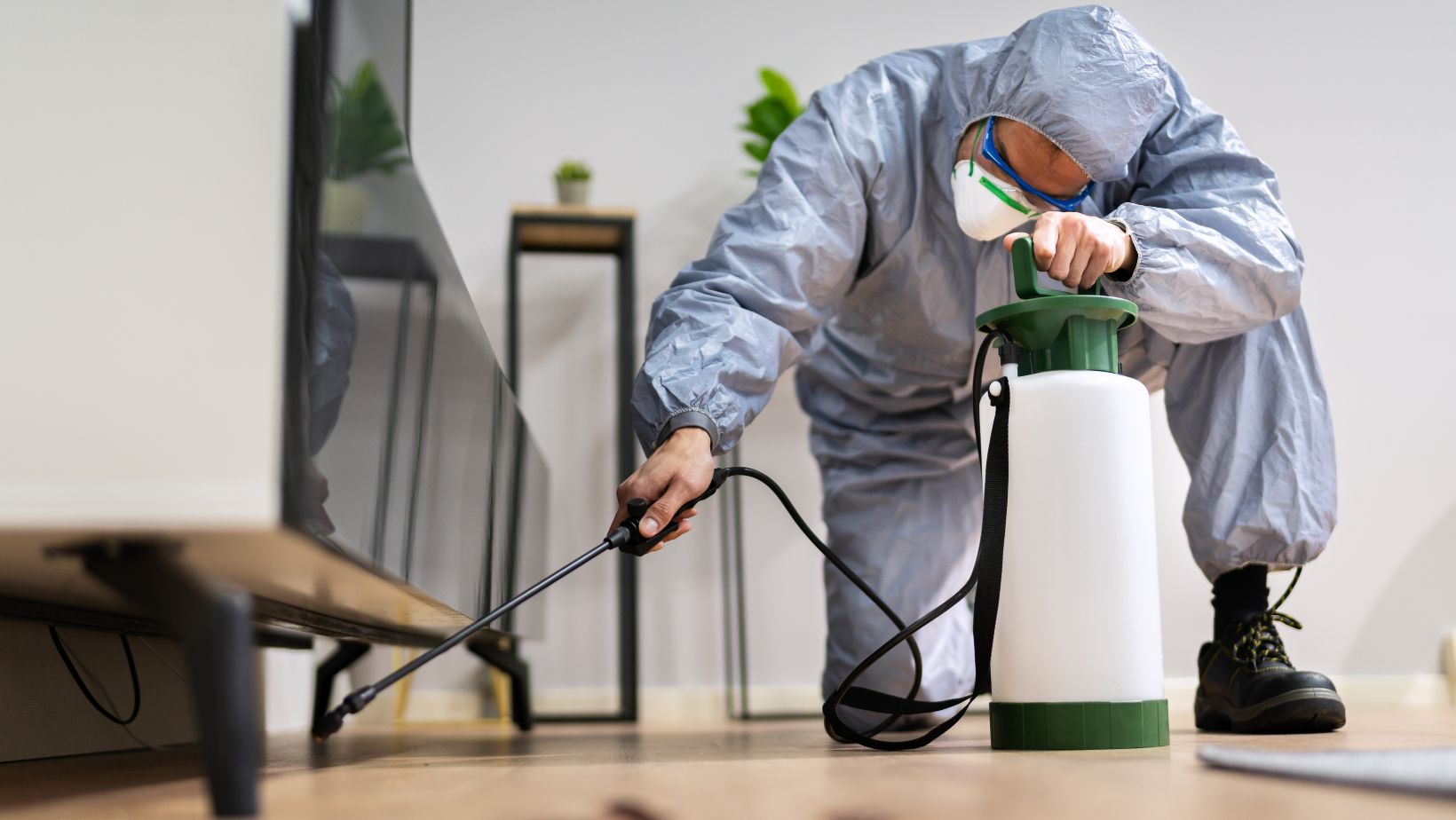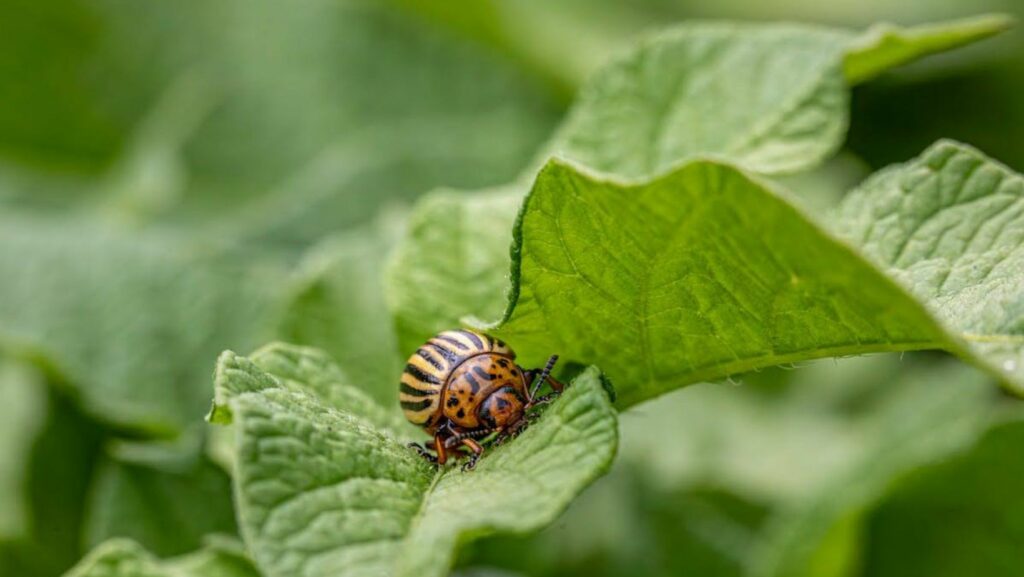Pest control has been a vital part of maintaining healthy homes, farms, and environments for centuries. Traditionally, pest management relied heavily on chemical pesticides and insecticides, which effectively controlled harmful insects, rodents, and other pests but often came with significant environmental and health risks. Over the past few decades, the importance of eco-friendly pest control has grown significantly, as people have become increasingly aware of the environmental, health, and biodiversity impacts of traditional pest control methods.
This article explores the concept of eco-friendly pest control, why it is crucial for sustainable living, and how adopting such methods benefits us and the planet.
What Is Eco-Friendly Pest Control?
Eco-friendly pest control, also called green pest management, refers to pest control practices that prioritize safety for humans, animals, and the environment. Instead of relying on harsh chemical pesticides, eco-friendly pest control uses natural, non-toxic, and sustainable methods to manage pest populations. These methods can include:
- Biological control: Using natural predators or parasites of pests to keep their numbers in check. For example, ladybugs can be introduced to control aphids in gardens.
- Cultural practices: Changing farming or gardening practices to reduce pest habitats or food sources. Crop rotation, proper sanitation, and choosing pest-resistant plants are examples.
- Physical control: Using barriers, traps, or manual removal of pests. Sticky traps, row covers, and handpicking insects fall into this category.
- Botanical pesticides: Using plant-based substances like neem oil or pyrethrin that are biodegradable and less harmful than synthetic chemicals.
- Integrated Pest Management (IPM): Combining various methods, monitoring pest levels, and using pesticides only as a last resort and in minimal amounts.
The Environmental Impact of Traditional Pest Control
Before understanding why eco-friendly pest control is important, it’s essential to recognize the downsides of traditional chemical pest control:
- Pollution: Chemical pesticides can contaminate soil, water, and air. Runoff from agricultural fields often carries pesticides into rivers and lakes, harming aquatic ecosystems.
- Non-Target Effects: Chemical pesticides often kill beneficial insects like bees, butterflies, and predatory insects. This loss disrupts ecosystems and reduces pollination, which is critical for many crops.
- Resistance: Overuse of pesticides leads to pests developing resistance, making chemicals less effective and prompting the use of even stronger toxins.
- Human Health Risks: Exposure to pesticides can cause acute poisoning and long-term health problems, including respiratory issues, neurological damage, and even cancers.

- Biodiversity Loss: Pesticides can reduce the variety of species in an area, affecting the balance of local ecosystems and weakening nature’s resilience.
Why Eco-Friendly Pest Control Matters
1. Protects Human Health
Eco-friendly pest control reduces the exposure of people, pets, and farm animals to toxic chemicals. Children, pregnant women, and agricultural workers are particularly vulnerable to pesticide-related health problems. By minimizing chemical use, communities enjoy safer living environments and improved well-being. For those seeking professional and effective eco-friendly solutions, companies like Ulysses Pest Control offer expert services that prioritize green methods to protect your home and family.
2. Preserves Beneficial Insects and Wildlife
Natural predators and pollinators play crucial roles in agriculture and ecosystems. Eco-friendly methods aim to protect these beneficial species, which in turn help control pests naturally. This balance is critical for long-term agricultural productivity and environmental health.
3. Reduces Environmental Pollution
Because green pest control relies on biodegradable and less toxic substances, it significantly reduces soil, water, and air pollution. This leads to healthier ecosystems, cleaner water supplies, and reduced harm to wildlife.
4. Prevents Pest Resistance
By using a variety of pest control strategies rather than just chemicals, eco-friendly pest management helps prevent pests from developing resistance. This means pest populations can be controlled more effectively over the long term.
5. Supports Sustainable Agriculture
Eco-friendly pest control aligns with organic and sustainable farming practices that aim to protect natural resources, conserve soil quality, and maintain biodiversity. Sustainable agriculture not only produces safer food but also helps mitigate climate change effects.
Common Eco-Friendly Pest Control Methods
Biological Controls
Biological control introduces natural enemies of pests to keep populations under control. For example, parasitic wasps lay their eggs in caterpillars, killing them before they damage crops. Similarly, nematodes can attack soil-dwelling pests.
Farmers and gardeners can also encourage native predators like birds, frogs, and spiders by creating habitats such as birdhouses or ponds.
Cultural Controls
Changing how and when crops are planted can reduce pest issues. Crop rotation interrupts pest life cycles by alternating host plants. Proper sanitation—removing plant debris and waste—eliminates hiding places for pests. Selecting pest-resistant plant varieties is another effective cultural strategy.
Physical and Mechanical Controls
Simple methods like handpicking pests, using traps, or setting up physical barriers such as nets or row covers can prevent pest damage. For rodents, snap traps or live traps provide chemical-free control options.
These techniques are often labor-intensive but very safe and effective in smaller-scale gardens or homes.
Botanical and Natural Pesticides
Plant-derived substances like neem oil, garlic spray, or insecticidal soap provide pest control with minimal environmental harm. They degrade quickly, leaving little residue. Though less toxic, these products must be used correctly and sparingly to avoid harming beneficial insects.
Integrated Pest Management (IPM)
IPM is a holistic approach that monitors pest populations closely and applies control methods in a strategic, combined manner. It prioritizes prevention, uses chemical controls only when necessary, and always aims to minimize environmental impact.
Challenges of Eco-Friendly Pest Control
Despite the many benefits, eco-friendly pest control also faces challenges:
- Slower results: Green methods often take longer to reduce pest populations compared to fast-acting chemicals.
- Labor-intensive: Some techniques require more manual work or monitoring.
- Knowledge and education: Effective eco-friendly pest control requires understanding pest biology and ecosystem dynamics.
- Availability and cost: Some biological controls or natural pesticides may not be widely available or can be more expensive upfront.
However, many of these challenges are outweighed by long-term gains in sustainability, safety, and ecosystem health.
How to Adopt Eco-Friendly Pest Control at Home
Anyone can implement eco-friendly pest control practices at home with simple steps:
- Maintain cleanliness: Keep your home and garden clean to remove pest attractants.
- Encourage beneficial insects: Plant flowers like marigolds or daisies to attract pollinators and predators.
- Use natural repellents: Garlic spray or neem oil can deter pests without chemicals.

- Use traps or barriers: Sticky traps for flying insects or mesh nets to protect plants.
- Monitor regularly: Check plants for signs of pests and intervene early with non-chemical methods.
- Practice crop rotation and companion planting: If gardening, rotate plants and pair those that naturally repel pests.
The Future of Pest Control Is Green
As climate change, biodiversity loss, and environmental pollution become more urgent global issues, eco-friendly pest control is gaining momentum worldwide. Governments and organizations are promoting regulations and certifications for organic and sustainable pest management. Advances in biotechnology, such as genetically-targeted biological controls, promise even more precise and eco-conscious methods.
The shift towards eco-friendly pest control is not just a trend but a necessary step toward protecting the planet and human health. By choosing sustainable pest control solutions, we contribute to a safer environment, healthier food systems, and a balanced ecosystem that supports all forms of life.
Conclusion
Eco-friendly pest control is a critical component of sustainable living. It offers a safer, more environmentally responsible alternative to traditional chemical pesticides. By protecting human health, preserving beneficial insects, reducing pollution, and supporting sustainable agriculture, green pest control methods help ensure the health of our planet and future generations.
Whether you are a farmer, gardener, homeowner, or policymaker, adopting and advocating for eco-friendly pest control practices is a powerful way to contribute to global environmental stewardship. As awareness and technology grow, the eco-friendly approach to pest management will continue to evolve, making pest control safer, smarter, and more sustainable.

